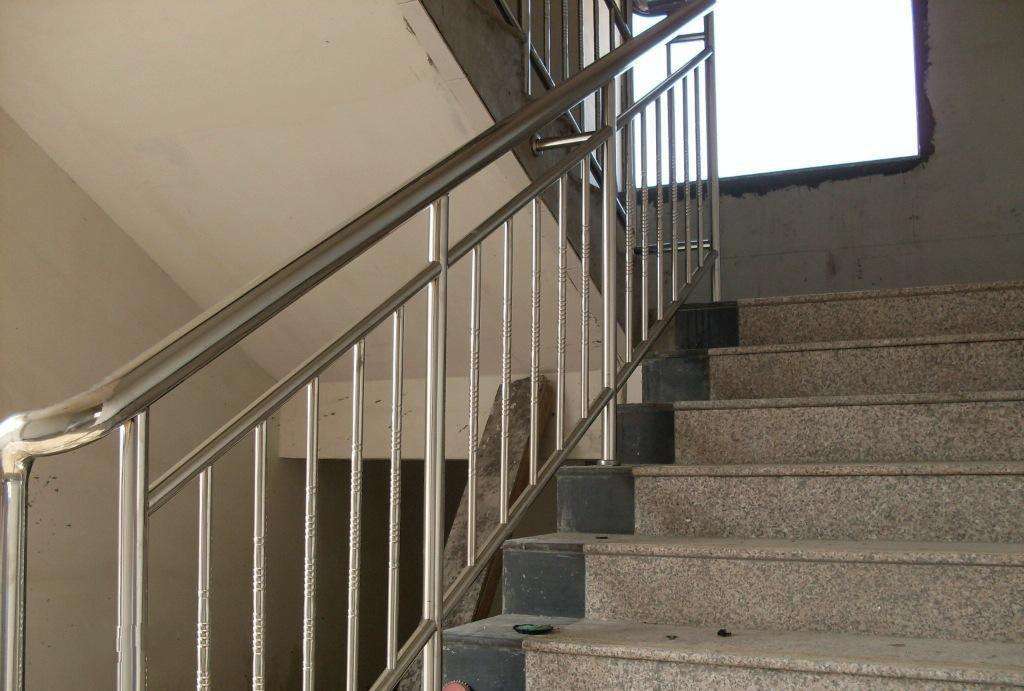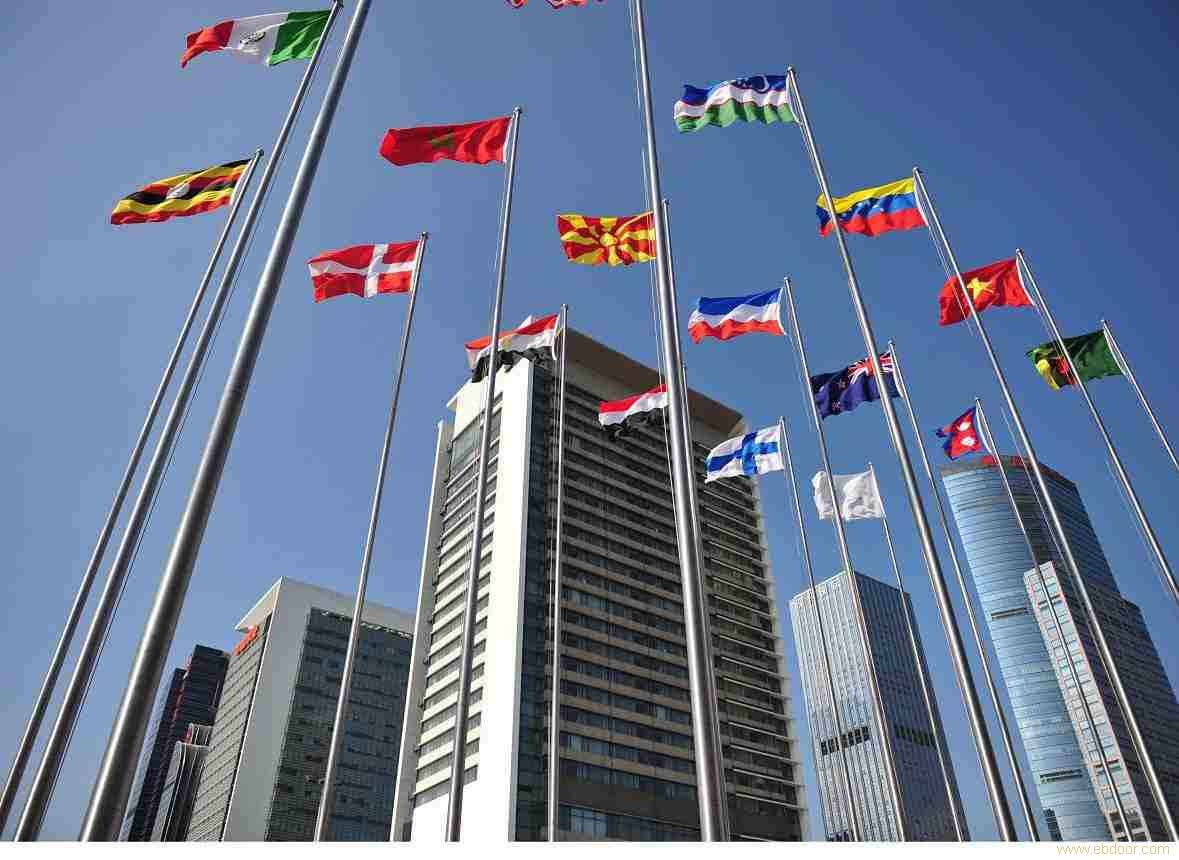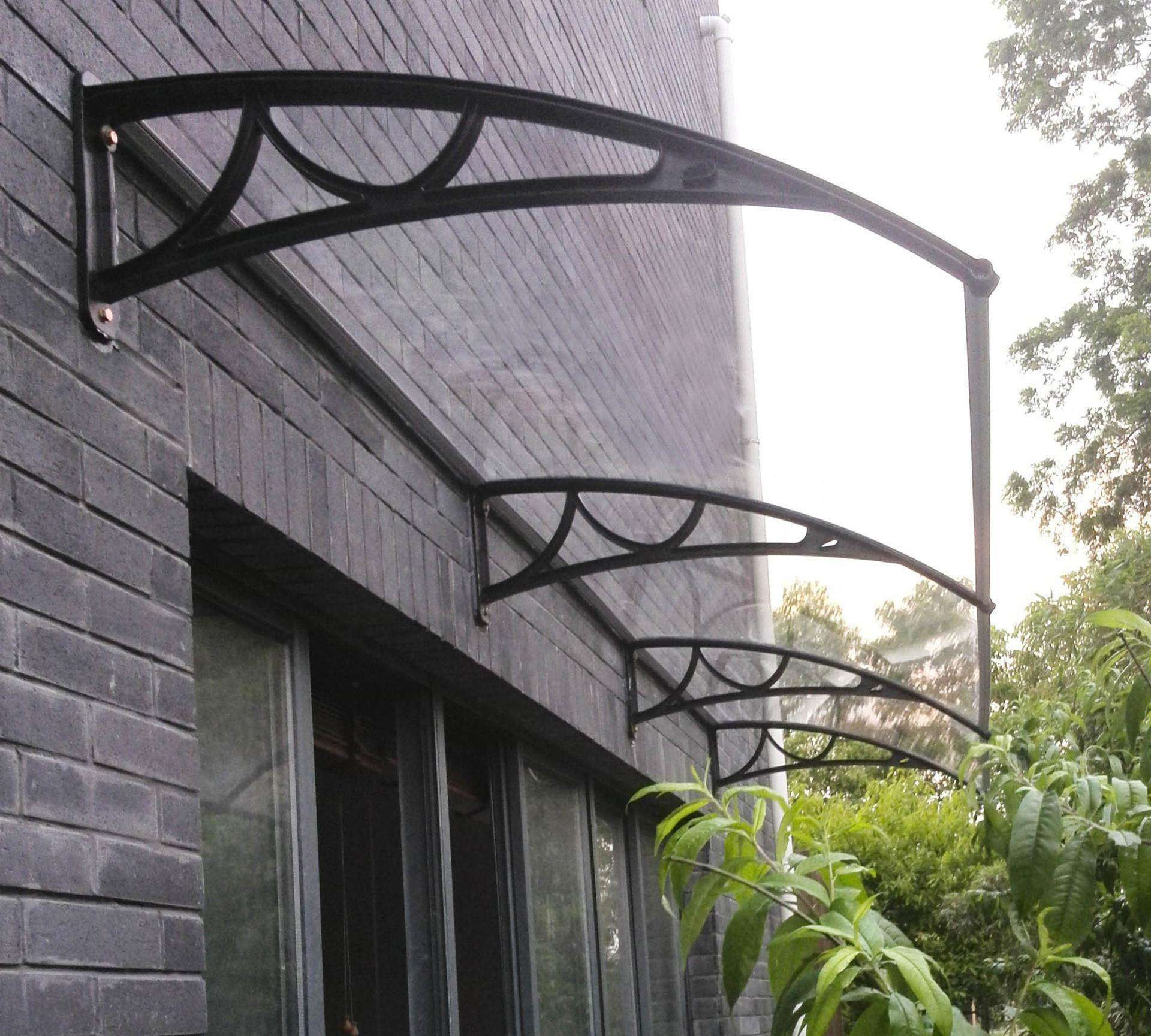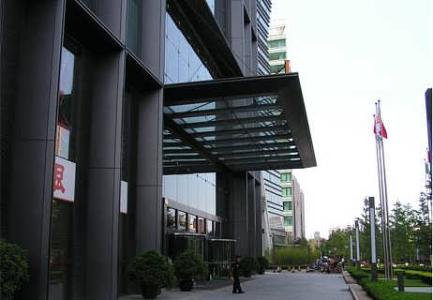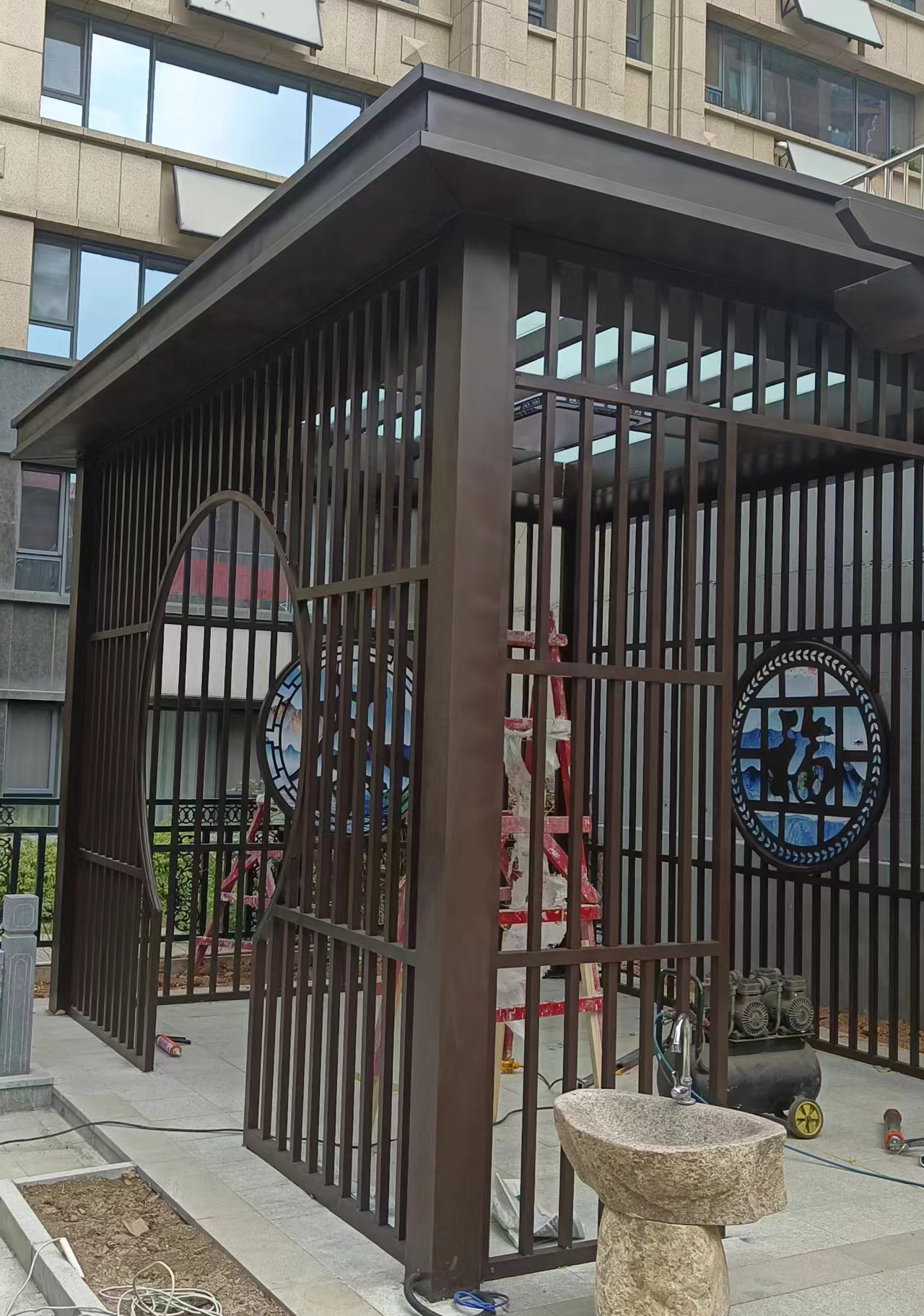联系我们
- 联系人:济南燕翔铁艺制品有限公司
- 手机:15953126901
- 电话:15153196527
- 邮箱:785385551@qq.com
- 地址:济南市天桥区历山北路黄台不锈钢市场3区317

轻型钢结构防腐蚀处理的技术要点与实施策略
轻型钢结构因自重轻、强度高、施工周期短等优势,在现代建筑、工业设备及基础设施领域广泛应用。然而,钢材的腐蚀问题始终是影响其使用寿命的关键因素。据统计,全球每年因金属腐蚀造成的经济损失约占GDP的3%-5%,其中钢结构腐蚀占比显著。因此,科学有效的防腐蚀处理技术对保障轻型钢结构的安全性、经济性及环境适应性具有重要意义。
Lightweight steel structures are widely used in modern construction, industrial equipment, and infrastructure fields due to their advantages of light weight, high strength, and short construction period. However, the corrosion problem of steel has always been a key factor affecting its service life. According to statistics, the annual economic losses caused by metal corrosion worldwide account for about 3% -5% of GDP, with steel structure corrosion accounting for a significant proportion. Therefore, scientifically effective anti-corrosion treatment technology is of great significance in ensuring the safety, economy, and environmental adaptability of lightweight steel structures.
腐蚀的本质是钢材与环境介质发生电化学反应的过程。当钢材表面存在水膜、氧气及电解质时,会形成微电池反应:铁作为阳极被氧化为Fe²⁺,电子通过金属基体流向阴极区域,与氧气、水反应生成OH⁻,最终形成铁锈。这一过程不仅导致截面削弱,还会引发应力集中,加速结构失效。防腐蚀处理的核心在于阻断腐蚀反应链,具体可通过物理屏蔽、电化学保护、材料改性及环境隔离等路径实现。
The essence of corrosion is the process of electrochemical reaction between steel and environmental media. When there is a water film, oxygen, and electrolyte on the surface of steel, a micro battery reaction is formed: iron is oxidized as an anode to Fe²⁺ Electrons flow through the metal substrate to the cathode region, reacting with oxygen and water to form OH⁻, ultimately forming rust. This process not only leads to the weakening of the cross-section, but also causes stress concentration, accelerating structural failure. The core of anti-corrosion treatment is to block the corrosion reaction chain, which can be achieved through physical shielding, electrochemical protection, material modification, and environmental isolation.
表面预处理是防腐蚀施工的基础环节。钢材表面锈蚀等级按GB 8923标准划分为A(原锈面)、B(初锈)、C(氧化皮剥离)、D(全面锈蚀)四级,其中D级锈蚀需彻底清除。常用处理方法包括:
Surface pretreatment is the fundamental step in anti-corrosion construction. The corrosion grade of steel surface is divided into four levels according to GB 8923 standard: A (original rust surface), B (initial rust), C (oxide scale peeling), and D (comprehensive rust), among which D level rust needs to be thoroughly removed. Common processing methods include:
机械处理:喷砂法可达到Sa2.5级以上清洁度,粗糙度控制在40-75μm,增强涂层附着力;抛丸处理适用于规则型材,效率高但存在死角问题。
Mechanical treatment: Sandblasting method can achieve a cleanliness level of Sa2.5 or above, with roughness controlled at 40-75 μ m, enhancing coating adhesion; Shot blasting treatment is suitable for regular profiles, with high efficiency but there are blind spots.
化学处理:酸洗可快速溶解锈层,但需控制浓度(通常盐酸浓度5%-15%)及时间,避免过蚀;环保型生物除锈剂正逐步替代传统强酸。
Chemical treatment: Acid washing can quickly dissolve rust layers, but the concentration (usually 5% -15% hydrochloric acid concentration) and time need to be controlled to avoid over corrosion; Environmentally friendly biological rust removers are gradually replacing traditional strong acids.
手工处理:适用于局部修补,但劳动强度大,质量不稳定。
Manual processing: suitable for local repairs, but with high labor intensity and unstable quality.
涂层防护体系是应用最广泛的防腐方案。典型的三层结构包括:
The coating protection system is the most widely used anti-corrosion solution. A typical three-layer structure includes:
底漆层:以环氧富锌底漆为主,锌粉含量≥80%,通过阴极保护延长基材寿命,干膜厚度40-60μm。
Primer layer: mainly composed of epoxy zinc rich primer, with a zinc powder content of ≥ 80%, extending the substrate life through cathodic protection, and a dry film thickness of 40-60 μ m.
中间漆层:环氧云铁漆可增加涂层厚度至100-150μm,其鳞片状结构有效阻隔介质渗透。
Intermediate paint layer: Epoxy cloud iron paint can increase the coating thickness to 100-150 μ m, and its flake like structure effectively blocks the penetration of the medium.
面漆层:氟碳漆耐候性优异,保色期达15年以上,适用于外墙装饰;聚硅氧烷漆兼具耐化学品性,适用于化工环境。
Topcoat layer: Fluorocarbon paint has excellent weather resistance and a color retention period of over 15 years, suitable for exterior wall decoration; Polysiloxane paint has chemical resistance and is suitable for chemical environments.
涂层总厚度需满足C5-M高腐蚀环境要求(≥320μm),施工环境湿度≤85%,温度5-38℃,雨后或结露状态严禁作业。
The total thickness of the coating must meet the requirements of C5-M high corrosion environment (≥ 320 μ m), with a construction environment humidity of ≤ 85% and a temperature of 5-38 ℃. Operations are strictly prohibited after rain or condensation.
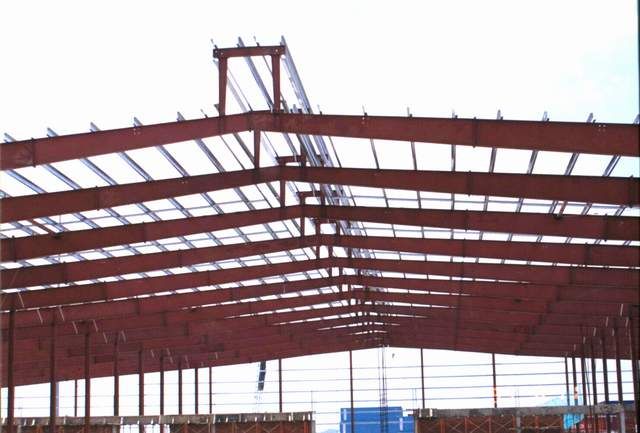
金属镀层技术提供长效防护方案。热浸镀锌层厚度通常65-85μm,中性盐雾试验可达1000h以上,适用于输电塔、光伏支架等户外设施。热喷涂铝(锌)复合涂层通过电弧喷涂形成150-200μm厚层,配合封闭漆使用,耐蚀性是热镀锌的2-3倍,尤其适合海洋环境。需注意,镀层厚度与寿命呈指数关系,每增加25μm锌层,防护寿命延长约2-3年。
Metal plating technology provides long-term protection solutions. The thickness of hot-dip galvanized layer is usually 65-85 μ m, and the neutral salt spray test can reach more than 1000 hours. It is suitable for outdoor facilities such as transmission towers and photovoltaic brackets. Thermal spray aluminum (zinc) composite coating is formed with a thickness of 150-200 μ m by arc spraying, and when used in conjunction with sealing paint, its corrosion resistance is 2-3 times that of hot-dip galvanizing, making it particularly suitable for marine environments. It should be noted that the thickness of the coating is exponentially related to its lifespan. For every 25 μ m increase in zinc coating, the protective lifespan is extended by about 2-3 years.
电化学保护技术针对特殊工况。牺牲阳极法采用镁合金(适用于土壤)、锌合金(适用于淡水)阳极,连接电缆电阻需≤0.1Ω。外加电流法通过钛基混合氧化物阳极,输出电流密度0.02-0.2A/m²,适用于桥梁墩柱、地下管线等。监测系统需定期检测保护电位(-0.85V至-1.2V vs. SCE),确保极化效果。
Electrochemical protection technology is designed for special working conditions. The sacrificial anode method uses magnesium alloy (suitable for soil) and zinc alloy (suitable for freshwater) anodes, and the resistance of the connecting cable should be ≤ 0.1 Ω. The external current method uses a titanium based mixed oxide anode to output a current density of 0.02-0.2A/m² Suitable for bridge piers, columns, underground pipelines, etc. The monitoring system needs to regularly detect the protective potential (-0.85V to -1.2V vs. SCE) to ensure polarization effectiveness.
新型防护材料与技术不断突破。石墨烯改性环氧涂料将渗透性降低至10⁻⁹cm/s以下,耐盐雾试验突破5000h。自修复微胶囊涂料含双环戊二烯单体,划痕处自动聚合,修复效率达85%以上。此外,冷喷涂锌铝复合粉体技术实现低温沉积(≤80℃),避免基材变形,已用于异形构件修复。
New protective materials and technologies are constantly breaking through. Graphene modified epoxy coating reduces permeability to 10⁻⁹ Below cm/s, the salt spray resistance test exceeded 5000 hours. The self-healing microcapsule coating contains dicyclopentadiene monomer, which automatically polymerizes at the scratch site, with a repair efficiency of over 85%. In addition, the cold spray zinc aluminum composite powder technology achieves low-temperature deposition (≤ 80 ℃) to avoid substrate deformation and has been used for repairing irregular components.
全生命周期管理是保障防腐效能的关键。新建工程需建立防腐档案,记录材料批次、施工参数及环境数据。运营阶段每2-3年进行涂层厚度检测(电磁测厚仪)、附着力测试(拉开法)及锈蚀面积评估(ISO 4628标准)。修复时采用局部打磨至St3级,涂刷过渡层后再复涂,避免新旧涂层剥离。对于C5级以上环境,建议采用"涂层+镀层"复合体系,寿命预测模型显示其防护周期可达普通涂层的2.5倍。
Whole life cycle management is the key to ensuring the effectiveness of anti-corrosion measures. New construction projects require the establishment of anti-corrosion archives, recording material batches, construction parameters, and environmental data. During the operation phase, coating thickness testing (electromagnetic thickness gauge), adhesion testing (pull open method), and corrosion area evaluation (ISO 4628 standard) are conducted every 2-3 years. When repairing, use local polishing to St3 level, apply a transition layer, and then reapply to avoid peeling off the new and old coatings. For environments above C5 level, it is recommended to use a "coating+plating" composite system, and the life prediction model shows that its protection period can reach 2.5 times that of ordinary coatings.
轻型钢结构防腐蚀处理已从单一技术向系统化解决方案演进。通过材料科学、电化学及智能制造技术的融合,新型防腐体系在耐久性、环保性及经济性间实现平衡。未来,随着数字孪生技术在腐蚀监测中的应用,钢结构防腐蚀管理将迈向预测性维护新阶段。
The anti-corrosion treatment of lightweight steel structures has evolved from a single technology to a systematic solution. Through the integration of materials science, electrochemistry, and intelligent manufacturing technology, the new anti-corrosion system achieves a balance between durability, environmental friendliness, and economy. In the future, with the application of digital twin technology in corrosion monitoring, the anti-corrosion management of steel structures will move towards a new stage of predictive maintenance.
本文由济南轻型钢结构友情奉献.更多有关的知识请点击:http://www.jnghbxg.com真诚的态度.为您提供为全面的服务.更多有关的知识我们将会陆续向大家奉献.敬请期待.
This article is a friendly contribution from Jinan Light Steel Structure For more information, please click: http://www.jnghbxg.com Sincere attitude To provide you with comprehensive services We will gradually contribute more relevant knowledge to everyone Coming soon.

